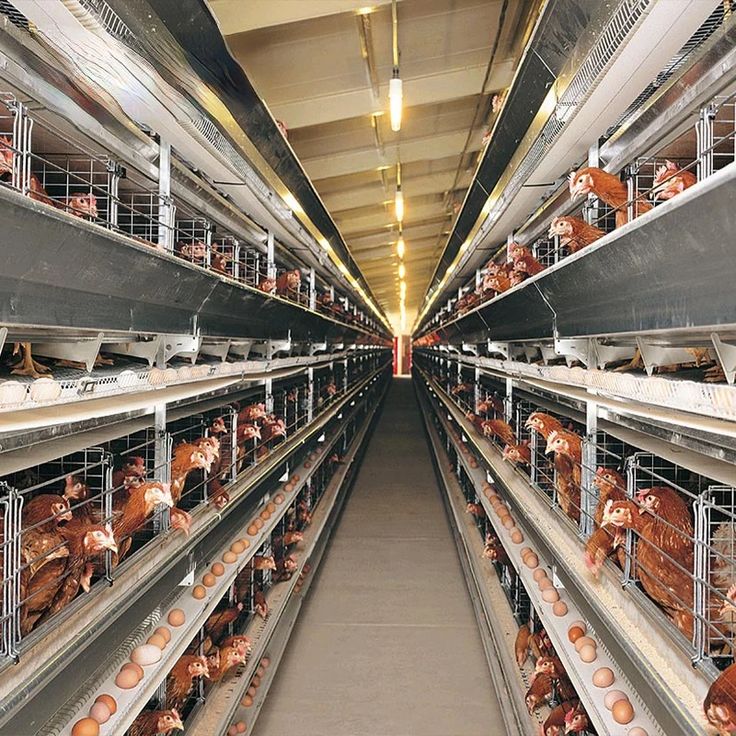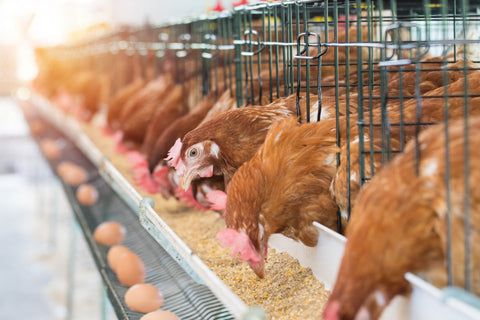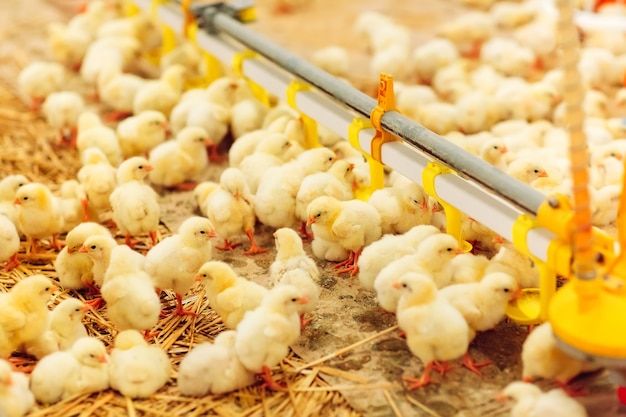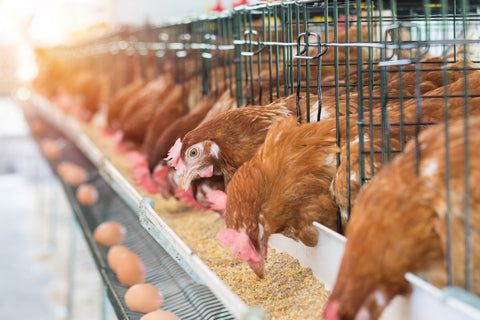Lighting plays a critical role in stimulating egg production in chicken layers. The amount and intensity of light affect the hens’ reproductive cycle, as it directly influences the hormones responsible for egg-laying. Implementing an effective lighting schedule is essential to maintain consistent egg production, especially during seasons with shorter daylight hours.
1. Importance of Lighting for Layers
Hens require adequate light to stimulate the release of reproductive hormones, particularly during their laying phase. Insufficient light can reduce egg production, while excessive light can cause stress. Striking the right balance ensures optimal productivity.

2. Natural Lighting Considerations
In regions with long daylight hours, natural light can support egg-laying during spring and summer. However, during winter or in areas with limited natural light, supplemental artificial lighting is necessary to maintain production.

3. Recommended Lighting Schedule
- Young Pullets: Start with 10-12 hours of light per day during the growing stage to prevent early laying.
- Laying Hens: Provide 14-16 hours of light per day for optimal egg production. This schedule mimics the longer days of spring and summer, encouraging consistent laying.
- Gradual Adjustments: Increase light exposure gradually (by 15-30 minutes per week) to avoid shocking the hens.

Similarly! At Kimd Group Companies, we support beginner farmers by offering tailored business proposal writing services and design plans for various animal capacities. Therefore whether you’re just starting out or looking to expand, we provide the resources and expertise to help you succeed in the farming industry.
4. Intensity and Type of Light
- Intensity: A minimum of 10 lux (1 watt per square meter) is sufficient. Use brighter lights to ensure uniform illumination in large houses.
- Type: Warm white or daylight-spectrum LED bulbs are ideal for layer houses. They are energy-efficient and mimic natural sunlight.

5. Timing and Consistency
- Use timers to ensure lighting schedules are consistent and to eliminate manual errors.
- Avoid sudden changes in lighting, as this can stress the hens and disrupt egg-laying patterns.
6. Effects of Overexposure
Overexposing hens to light can lead to health problems such as fatigue, reduced immunity, and shorter productive lifespans. Always monitor flock behavior and adjust lighting as needed.
Conclusion
An effective lighting schedule is a simple yet powerful tool to boost egg production in chicken layers. By providing consistent and adequate light, farmers can maintain high productivity even during seasons with limited natural daylight. Proper implementation of lighting techniques will ensure healthier hens and sustainable egg production.

